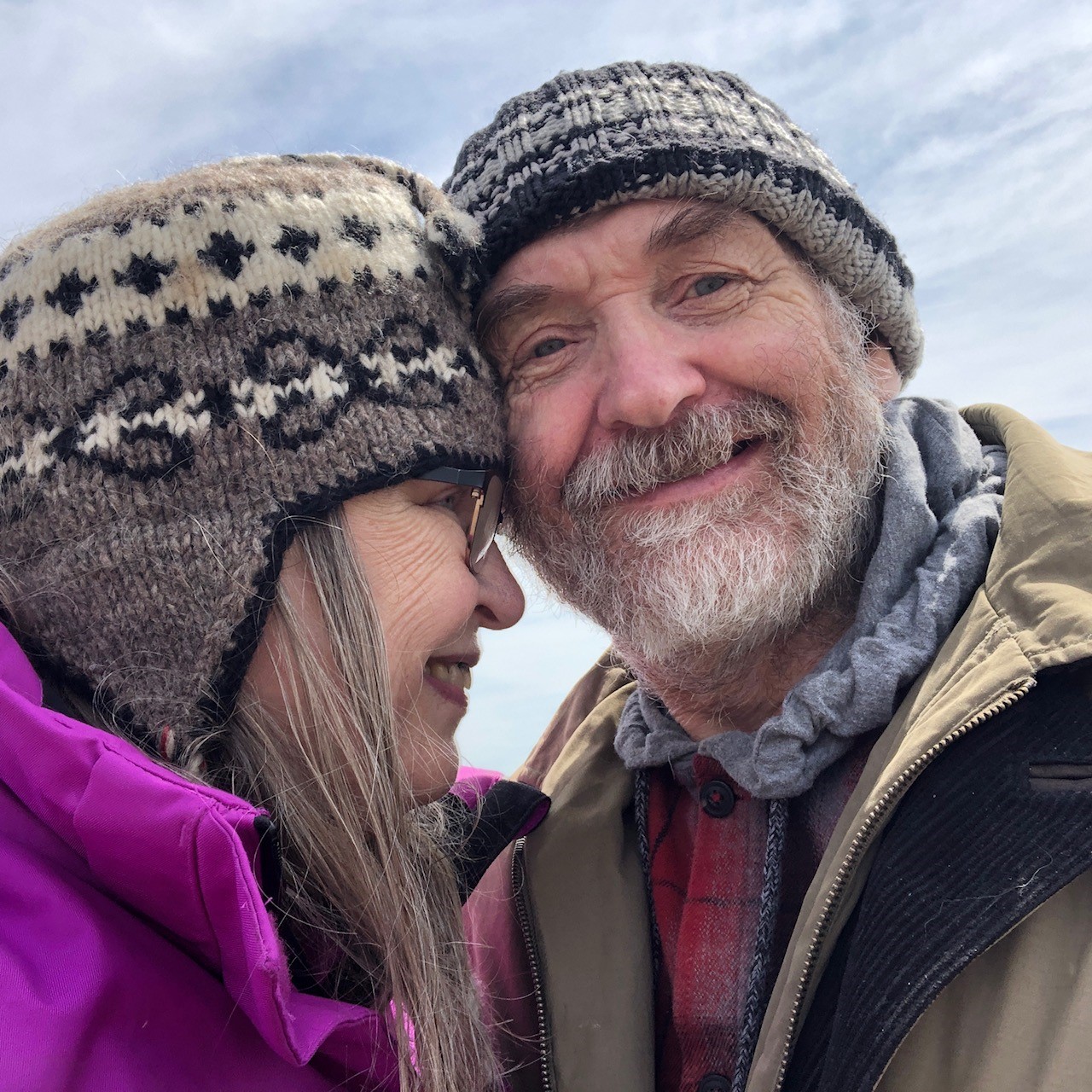Breathwork for Parents and PWCF (People With Cystic Fibrosis)
– By Aoife Rafter

How Breathwork Works
I’ve written about Breathwork specifically for people with respiratory conditions on here before, but now I want to teach you how parents, caregivers, and people with CF can use Breathwork for benefits other than improving respiratory health.
If the recent global pandemic has taught us anything about self-care, it’s that we cannot pour from an empty cup. Instead, we need to pour from our overflow. How can we ensure to do this? By taking care of number 1. Caregivers and parents alike, often forget this when there is someone in their lives who rely on them in such a grave way.
I am here to remind you and teach you how you can ensure to look after yourself and those who rely on you.
Through my training to become a Breathwork Coach, I have learned so much more about the breath than I ever thought imaginable. Let me share this new perspective with you all…
Our breath can be transformative for us. It is our guide to how we are truly feeling on a deeper level. When we focus on our breath, we learn a great deal about our physical, mental, emotional and spiritual state. For example, when the breath becomes erratic, it is showing us that we are feeling anxious, fearful or worried. When it is smooth and calm, we are feeling at ease. Paying attention to our breathing pattern allows us to pay attention to our emotions and what we need at any given moment.
By practising these short breathwork exercises with your child or on your own, you may reduce your fatigue and cortisol levels, increase your energy and endorphins.
The best thing about these short practices is that they can be done anywhere with absolutely no equipment. That’s the most beautiful thing about our breath, we always have it, no matter where we go or what’s happening around us, we can always return to our breath for safety and calmness.
Sometimes, living with a chronic illness can involve a lot of periods of feeling fatigued to a point where we just don’t have the energy to complete everything that we need to within our day. The same can be said for caring for someone with a serious health condition.
Breathwork Exercise for Energy Boost
This breathing exercise to combat fatigue is short and effective. Spend 10 minutes of your day giving it a go. Let go of your expectations for this exercise, and just truly focus on your breath and the sensations that arise within your body.
- Settling into a comfortable position wherever you are, either sitting or lying down, start to bring your awareness to your breath and only your breath. Are you holding tension anywhere in your body? Try to send your inhale to that area and on your exhale let go of that tension.
- Remembering your intention to feel more energised, take a couple of soft breaths, letting out a sigh on your exhale.
- Then rest for a moment, keeping your focus on your breath.
- On your next inhale, breathe in for 3 seconds.
- Hold your breath for 3 seconds.
- Now exhale your breath for 3 seconds.
- Repeat this 4 times.
- Now take a deep inhale and slow exhale, coming back to your normal breathing pattern.
- As we repeat the breathing pattern of inhaling for 3, we visualise our energy rising through your body.
- As you hold your breath for 3 seconds, you feel the energy build. Remember your intention to feel energised.
- Exhaling for 3 seconds again, you feel a softening in your body.
- Then hold the breath again for 3 seconds.
- Inhaling again for 3, really feel your energy shifting up through your body.
- Hold again and feel the energy build as you do so. Remember your intention.
- Exhale slowly with control.
- Hold again for 3 seconds, visualising a colour for your energy that is building, maybe orange or red. Feel the pressure of this energy build in your chest. Remember your intention.
- Then exhale slowly with control.
- Repeat this 3 more times, focussing on the sensations within your body as you do so.
- Then rest and allow your breathing to return to it’s normal pattern.
- Rest again for a few moments before going about your day.
Sick of being sick? Yep, I feel you. Cystic Fibrosis, Cervical Cancer recovery plus daily steroids used to have me wiped! But that was before I started breathwork. I never thought my immune system could be as strong as it’s proved to be in the past 2 years. I went a whole year without being hospitalised (usually 3 times a year with an infection), and I was even a close contact 3 times for COVID and didn’t contract it! including the time my partner had it while still in the same bed as me. This is usually unheard of in relation to my immune system!
As a caregiver or an individual with chronic illness, it is common to feel stressed and run down. This is because cortisol dampens our immune system. How? It’s all to do with our nervous system. Our nervous system is made up of therestoratively sympathetic nervous system (fight or flight state) and the parasympathetic nervous system (rest and digest state).
When we are in the rest and digest state, our bodies are calm and our inner healing is working away experience. Our energy is being used for immunity, digestion, and healing. Our breathing is calm and smooth, we experience feelings of connection, trust, and safety. When we are in fight or flight mode, we are ready for an attack from a dangerous situation. Our bodies produce cortisol, we feel anxious or worried, our heart rate gets faster, our breathing gets shallow and energy is being taken from our digestion and immunity because there’s no point digesting food if you’re going to die is there?
Unfortunately with our busy, stressful lifestyles today, we are in flight or fight mode a lot more than we should be, creating excess cortisol production, and honestly, it’s slowly killing us. It’s killing our immune systems and our circulatory system, affecting the function of our hearts, causing strokes and heart attacks, damaging our respiratory health, interrupting our sleep, creating anxiety and panic attacks, affecting our digestive systems, and forcing cells to multiply at an excessive rate leading to cancerous tumors.
We NEED to practice putting our nervous systems into the rest and digest state as much as we can. Your breath can help you to do exactly that.
This next breathing exercise is ideal for bringing our stress levels down and our immunity up.
Breathwork for Immunity
- Slowly bring your attention to your breath. Don’t force it or change the breathing pattern, just pay attention to what it’s doing and how it feels as the air enters and leaves your body.
- Use your breath to let go of any tension you’re holding in different areas of your body. Send your breath to those areas. Do this for a few breaths.
- As you inhale, feel your belly expand with air.
- When you reach the top of your inhale, release the breath, letting go of the tension in your shoulders and neck. Sink into that release.
- Take another deep controlled inhale and again at the top of the breath, let go of the breath. Think of your exhale as a surrender, surrendering to the breath and to life. Just let it all go.
- Inhale again slowly, allowing the breath to move up through your body. Feel the expansion of your belly, chest, and even into the shoulders, neck, and head.
- Release the breath again at the peak, this time with a gentle sigh, allowing your body to sag.
- On this final inhale, take the deepest breath you have taken all day, slowly and controlled.
- Release anything else that you need to on this exhale, ensuring you’re no longer holding onto anything. Soften your muscles and vocalise on the exhale if it feels right for you.
- Pause for a few moments allowing your breath to return to its normal breathing pattern. Notice how you feel now in comparison to how you felt before the session.

Sometimes breathwork can be emotional, and that’s because we rarely give ourselves the time and space to just be, go inward and breathe.
If emotions do arise during or after either of these breathing exercises then maybe do some journaling on what came up for you, or take a nice grounding walk in nature.
I would love to know if you try these exercises out and how you felt before/afterwards.
You can connect with me via my Instagram Account: @breathe_withaoifepr




